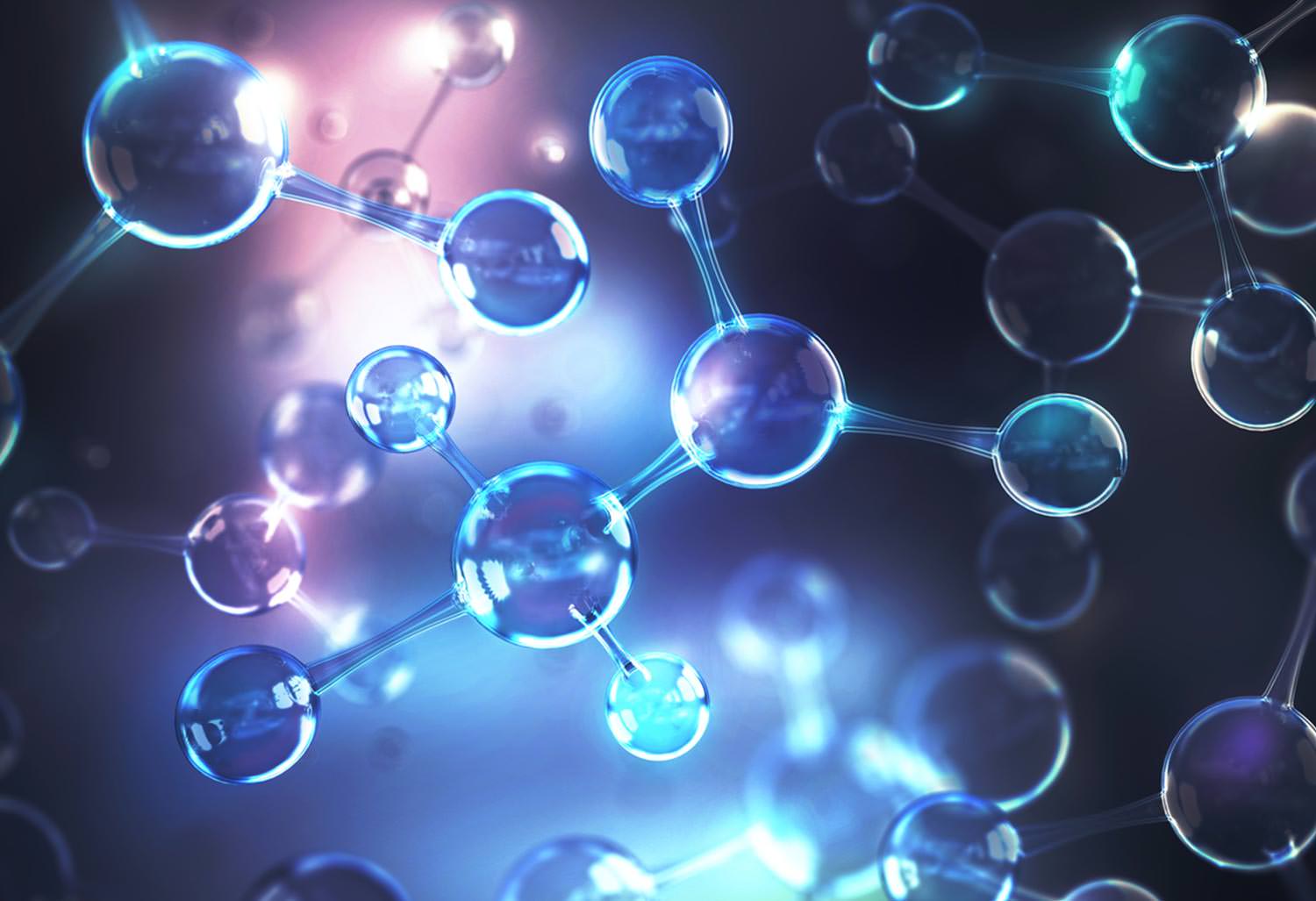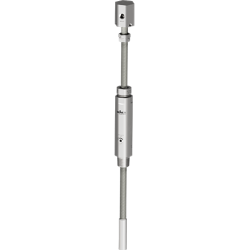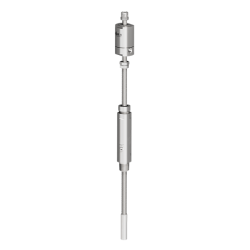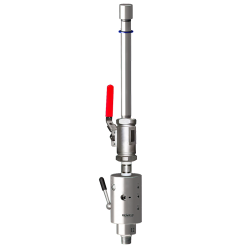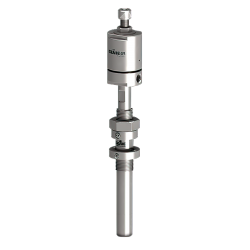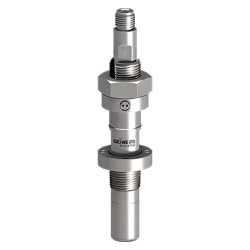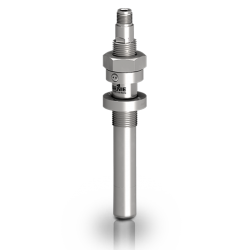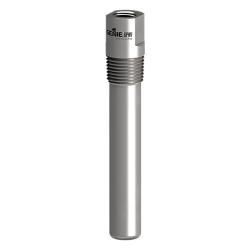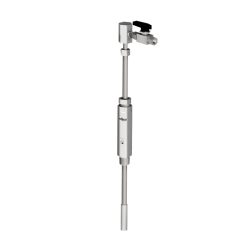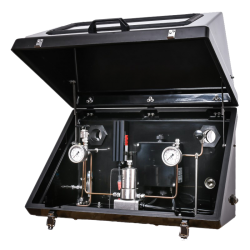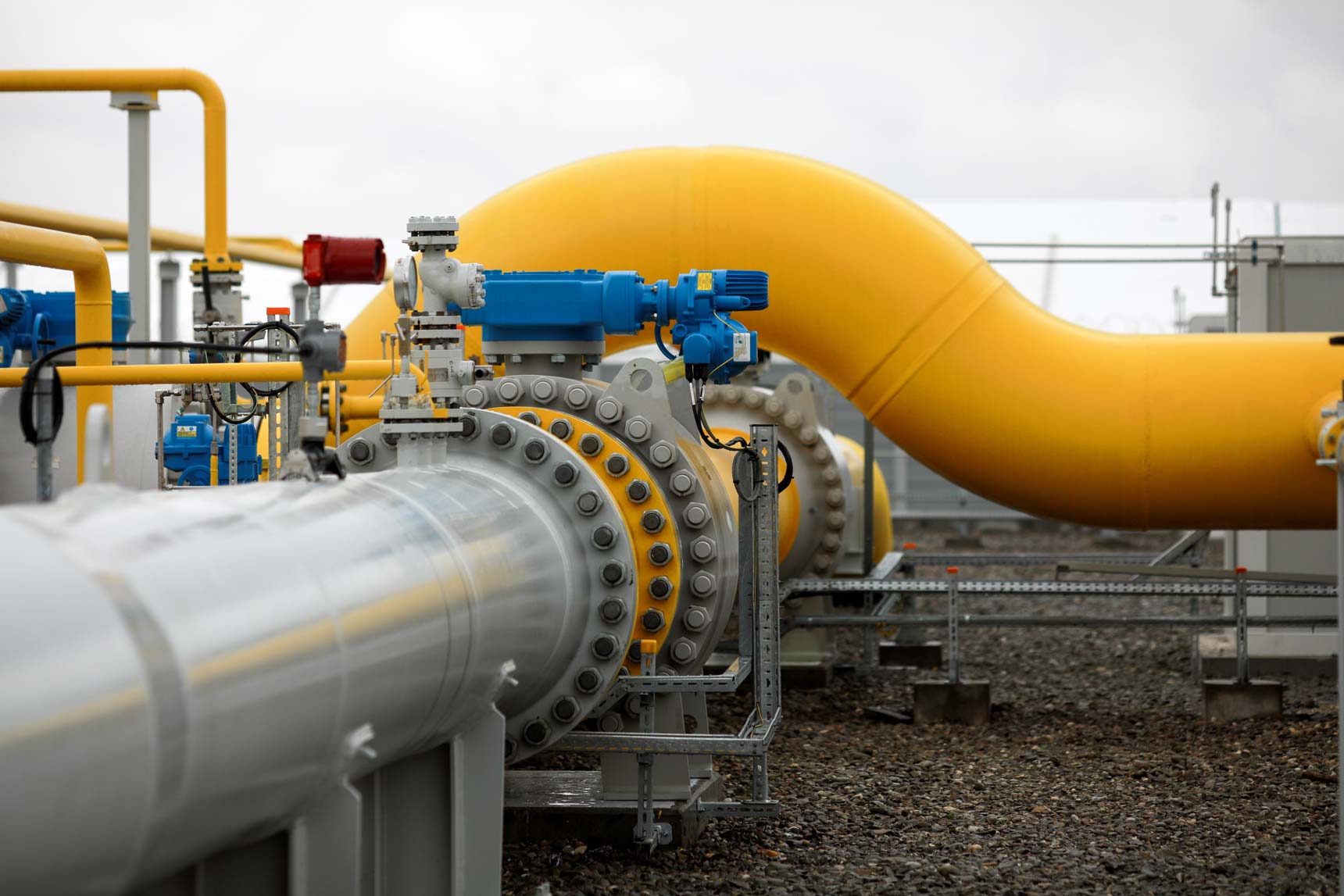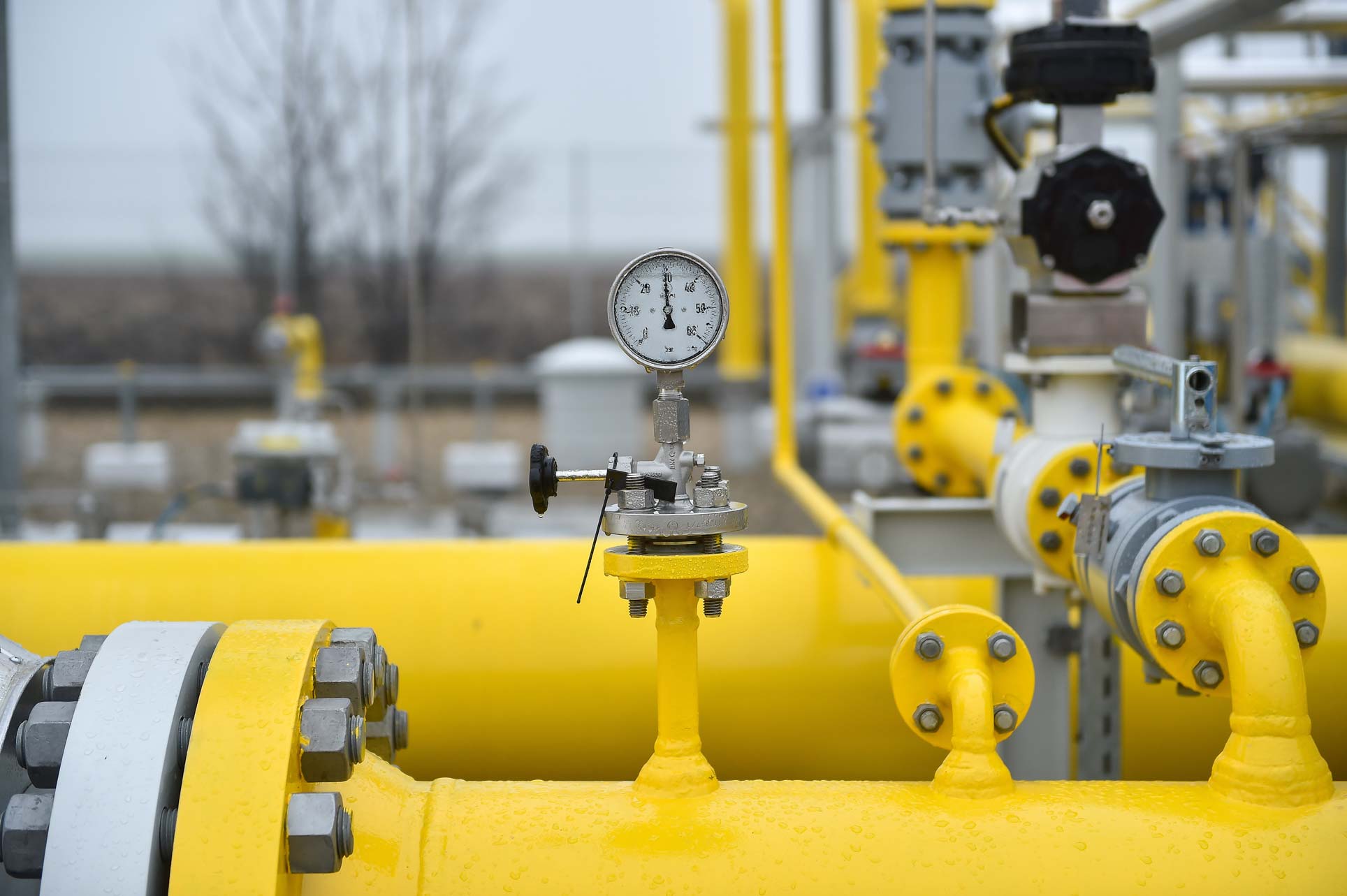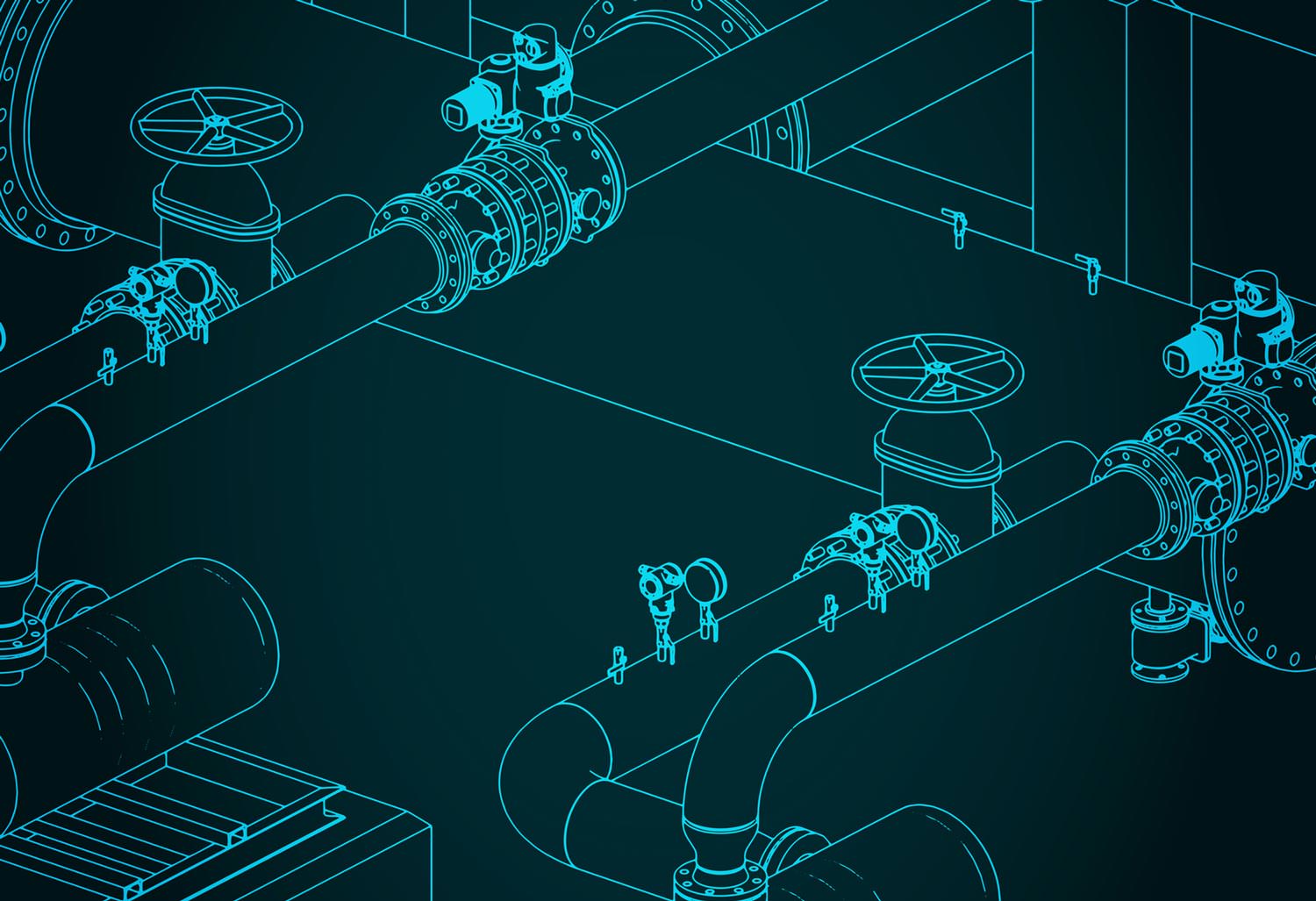Natural gas: monitoring, gas quality and sampling
Natural gas is a fossil fuel that is formed from the disintegration of organic matter buried beneath the earth's soil or seabed. Under the effect of pressure and heat, natural gas migrates towards porous rocks to form natural gas pockets. It is from these deposits that it is then extracted for exploitation.
Used as a raw material or fuel, and produced almost everywhere in the world, natural gas is transported by pipeline or LNG tanker in its liquefied form. Before being transported to the consumer, natural gas passes through storage sites, in depleted former gas or oil fields, aquifers or salt caverns. Storage is necessary to ensure that gas consumption and resources can be adjusted at all times, and to provide consumers with permanently available energy.
As a result of these diverse sources of supply, the composition of natural gas can vary significantly. These variations can be grouped together under the term "gas quality". For safety reasons, and for economic reasons linked to the transactional value of gas, this quality must be checked regularly, involving the taking and analysis of samples at many different stages of the process. These samples are taken according to many different process parameters, with the need always to ensure that any gas subsequently analyzed for this monitoring purpose is truly representative of the volume.
ISO 10715:2022 "Natural gas - Gas sampling" provides a means of ensuring that sampling systems and processes are designed, positioned, installed, operated and maintained so that the samples obtained are representative of the volume to which they are assigned.
Natural gas sampling is the process of acquiring a sample from a source of interest, conditioning the sample (if necessary) and transferring the sample to an analytical instrument. The objective of the sampling system is to ensure that the acquired sample is representative of the desired source gas and that, during the process of transferring the sample to the analytical instrument, the chemical and physical states remain unchanged.
